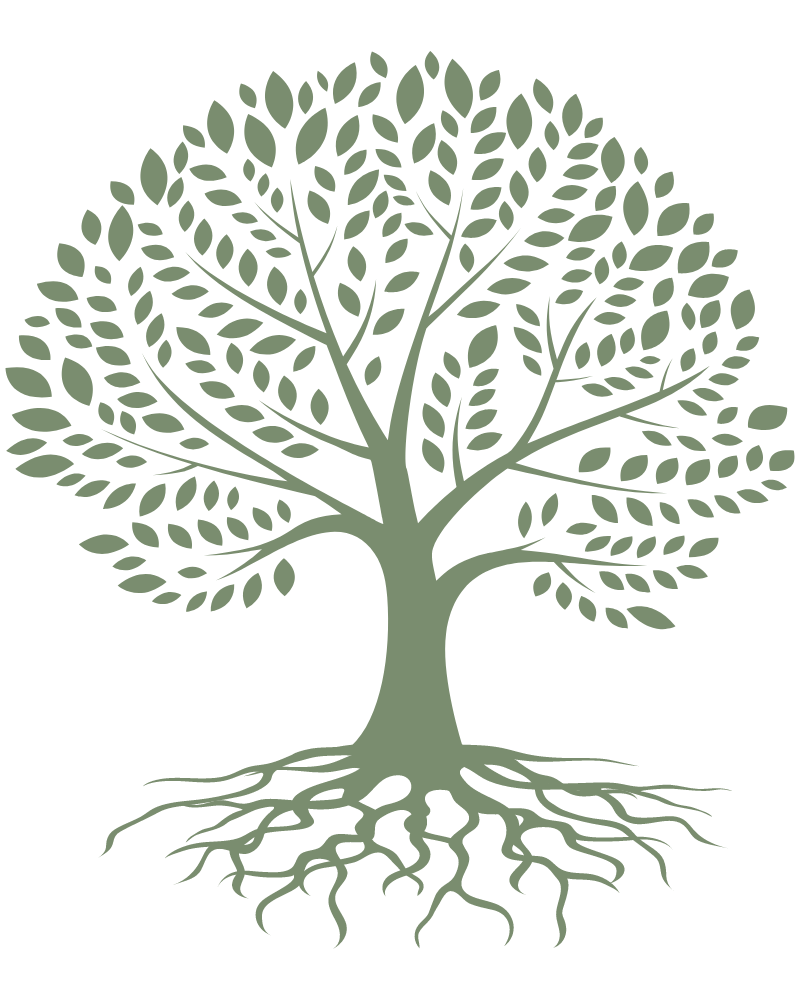Soil Conservation
Growing green areas, such as forests, grasslands, and wetlands, is instrumental in soil conservation and preventing soil erosion. Here's how green areas help protect and preserve soil:
Root Systems Stabilization: Trees, grasses, and other vegetation in green areas have extensive root systems that help bind the soil together. These roots create a network that holds the soil in place, reducing the risk of erosion caused by wind and water.
Rainwater Absorption: Green areas act as natural sponges, absorbing and retaining rainwater. When it rains, the canopy of trees and vegetation slows down the fall of raindrops, allowing water to penetrate the soil gradually. This reduces surface runoff and minimizes the impact of heavy rain on the soil.
Preventing Soil Compaction: Regular human activities and machinery can compact the soil, making it less porous and more susceptible to erosion. Green areas, especially those left undisturbed, allow the soil to maintain its natural structure and reduce the risk of soil compaction.
Mulching and Leaf Litter: Fallen leaves and plant debris in green areas act as natural mulch, covering the soil surface. Mulch helps retain moisture, reduce evaporation, and protect the soil from the impact of raindrops, further preventing erosion.
Sediment Filtration: Vegetation in green areas can act as a filter, trapping sediment and other pollutants from runoff before they reach rivers, lakes, or other water bodies. This reduces sedimentation, which can harm aquatic ecosystems and reduce water quality.
Terracing and Contour Planting: In agricultural areas, green areas can be planned with terraces and contour planting. Terraces slow down water flow, reducing erosion on slopes, while contour planting follows the natural contours of the land, minimizing water runoff and erosion.
Preventing Landslides: On slopes and hilly areas, green areas with a well-established root system can stabilize the soil and reduce the risk of landslides, which can be triggered by heavy rainfall and soil erosion.
Soil Fertility Improvement: Green areas contribute to soil fertility by recycling organic matter through fallen leaves, plant residues, and root turnover. This enhances the soil's nutrient content, making it more suitable for sustaining healthy vegetation.
Biodiversity Support: Diverse ecosystems in green areas support a variety of plants, microorganisms, and wildlife. This biodiversity contributes to soil health and resilience, as different species play specific roles in maintaining soil structure and nutrient cycling.
Sustainable Land Management: By promoting green areas and incorporating sustainable land management practices, we can foster a holistic approach to soil conservation that benefits both the environment and human communities.
In summary, growing green areas is a powerful tool for soil conservation. Whether it's reforesting degraded land, protecting natural habitats, or incorporating vegetation into urban planning, these efforts play a vital role in safeguarding the soil from erosion, degradation, and loss of fertility.
Ready to contribute by Joining Our Thriving Tree Plantation Drives
Let's Nurture and Sustain a Lush Green Legacy for Generations to Come!
Nurture A Tree